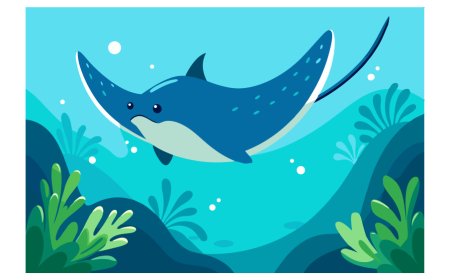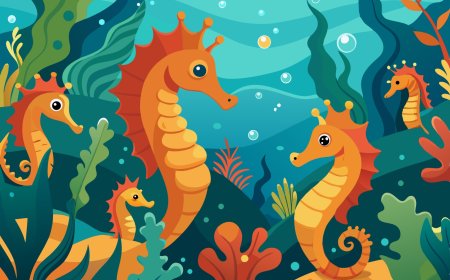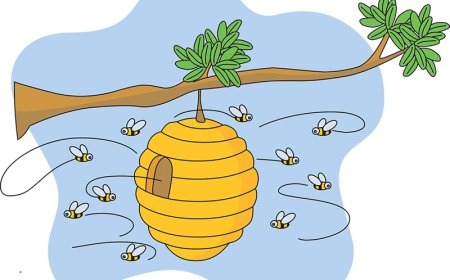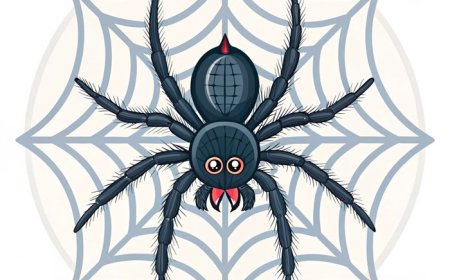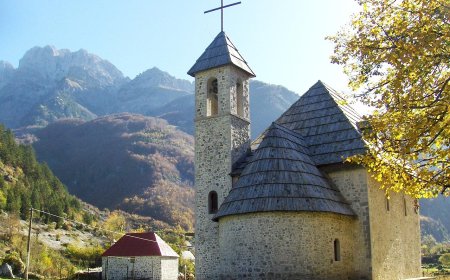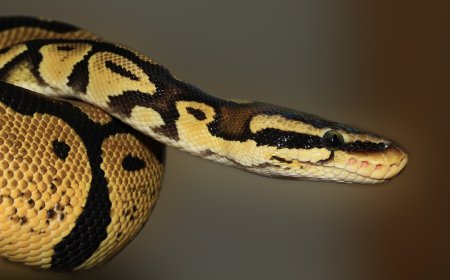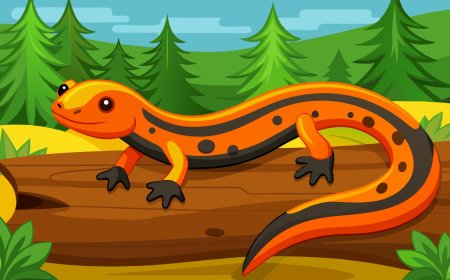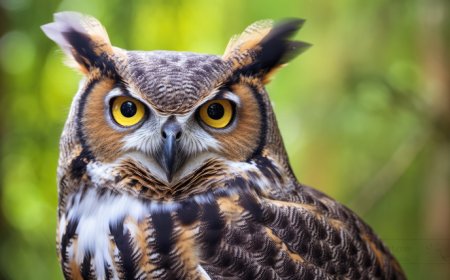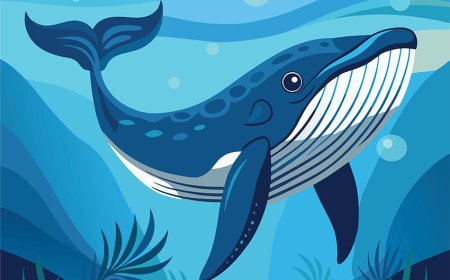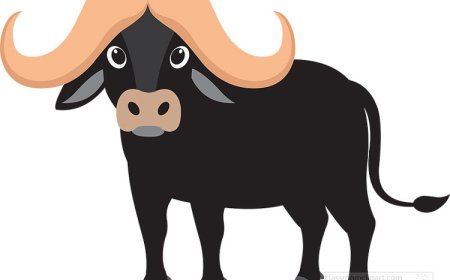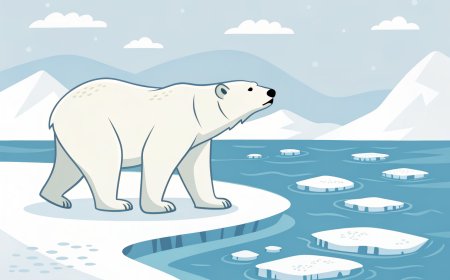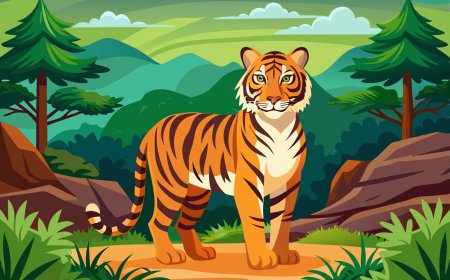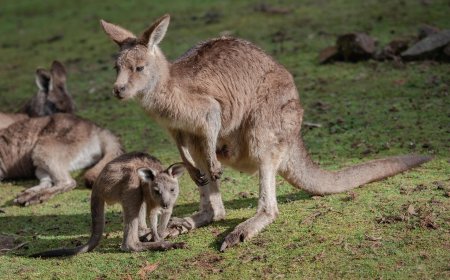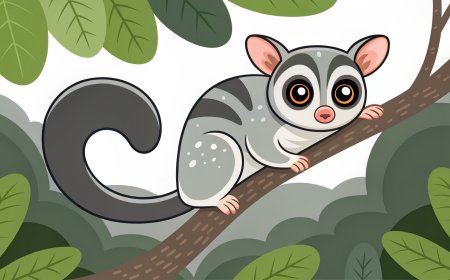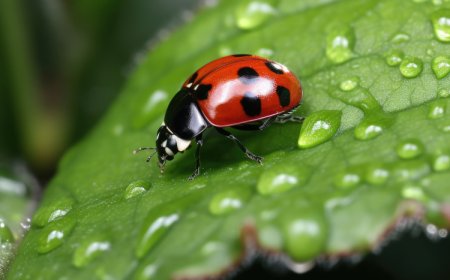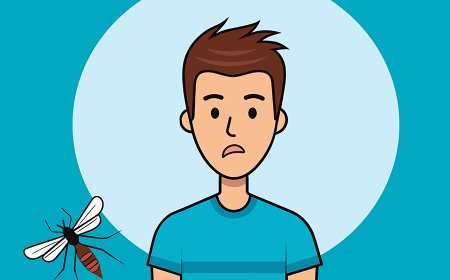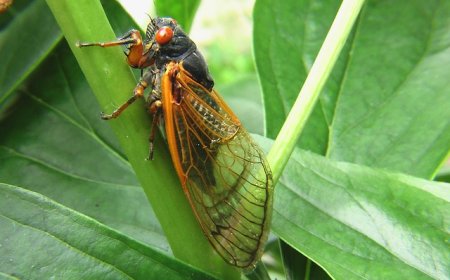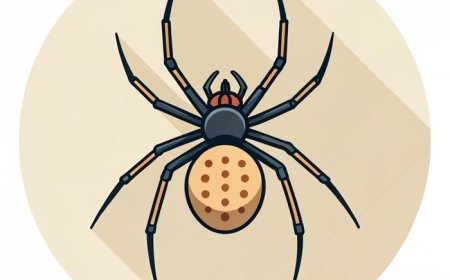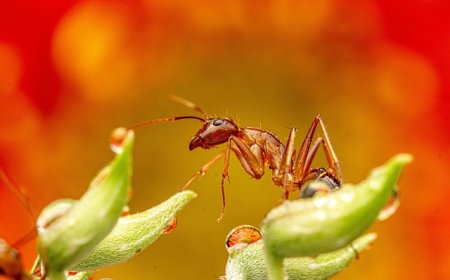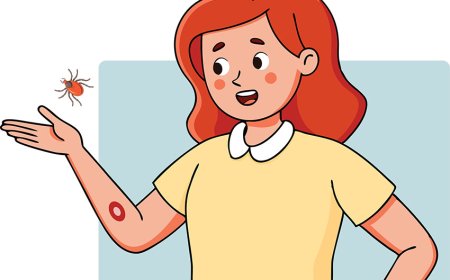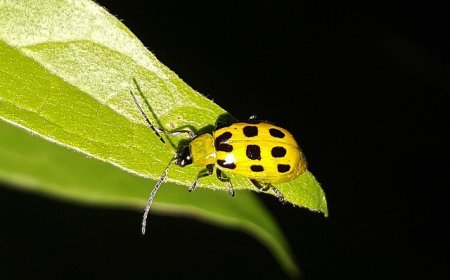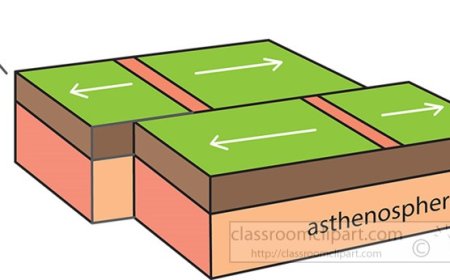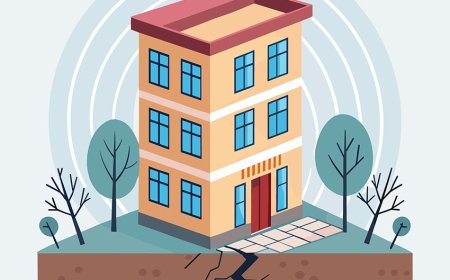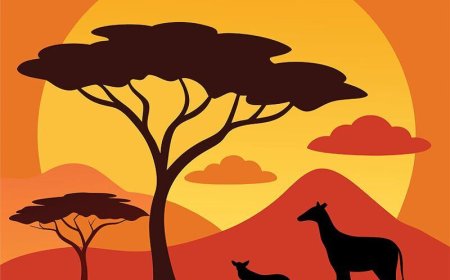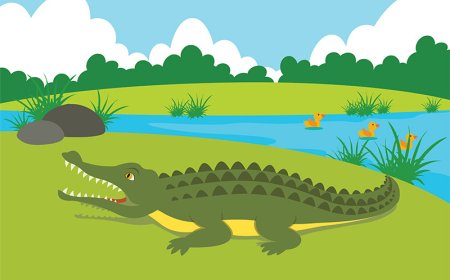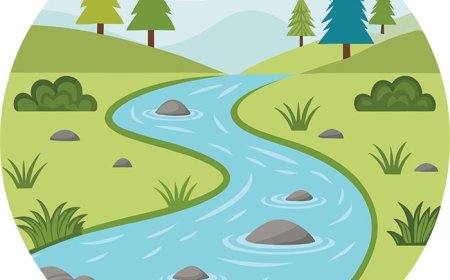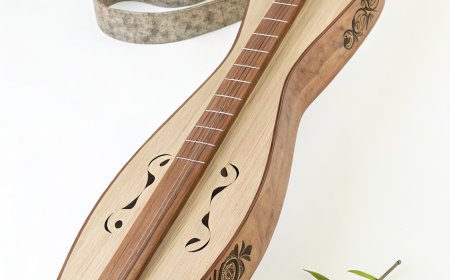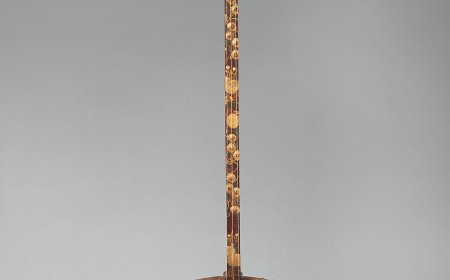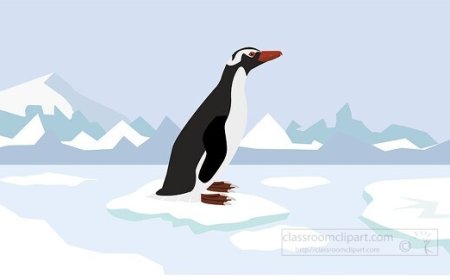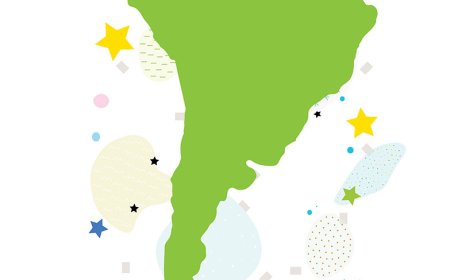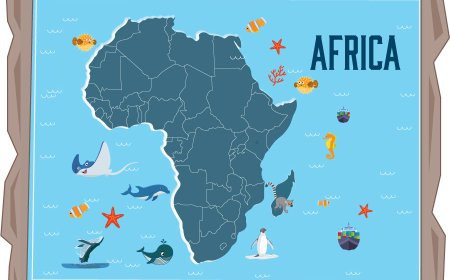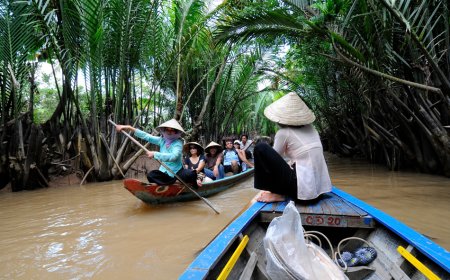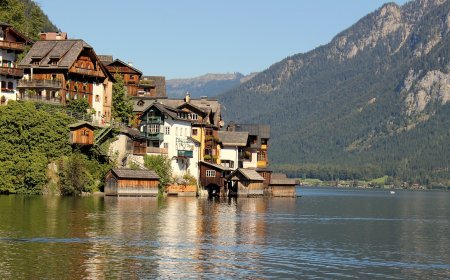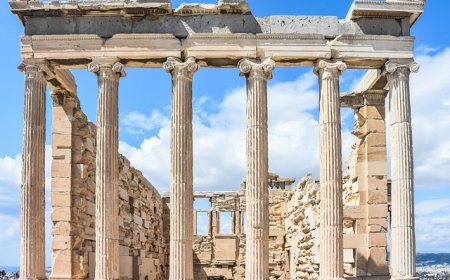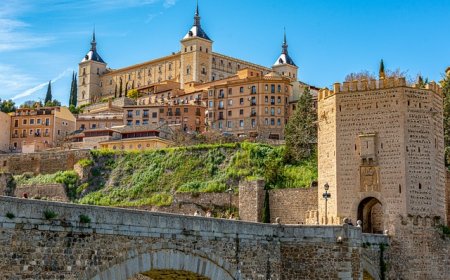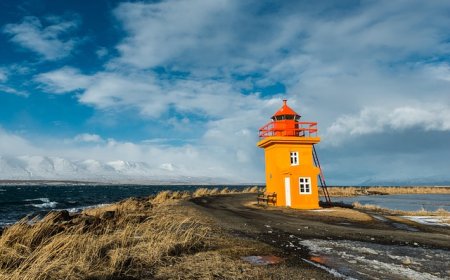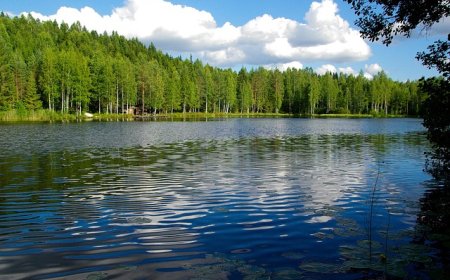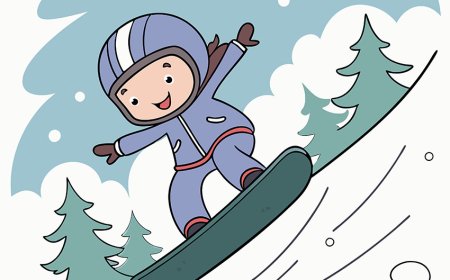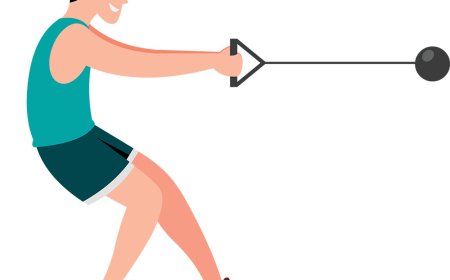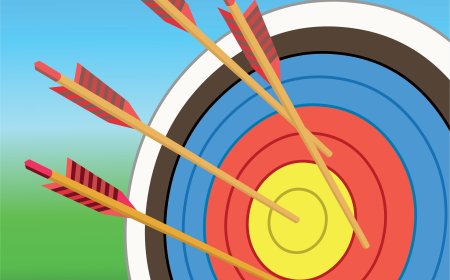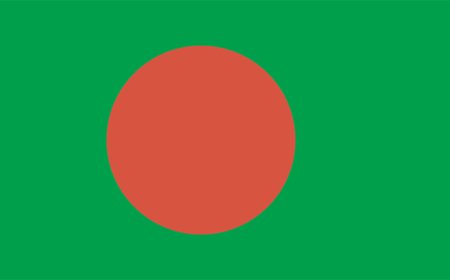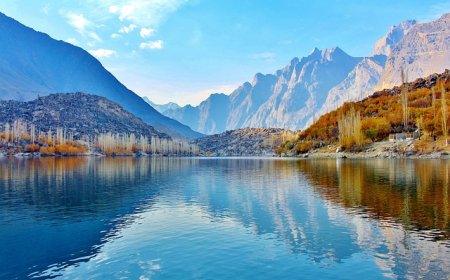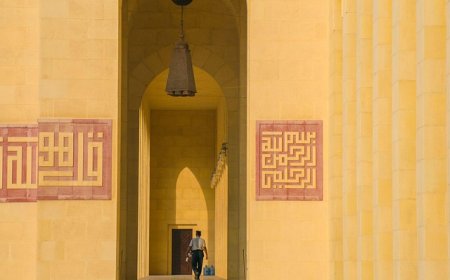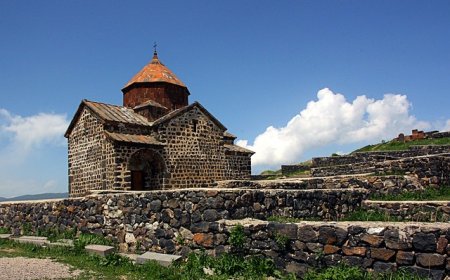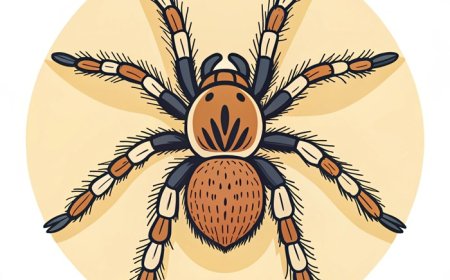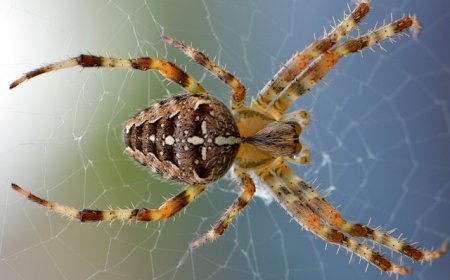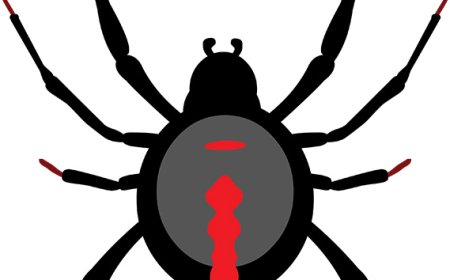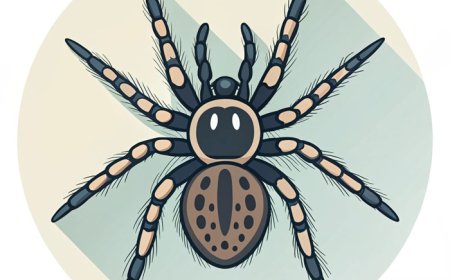Spiders for Kids: Nature’s Eight-Legged Web Builders
Learn what makes spiders unique among arachnids. Explore how they spin webs, hunt, and help the environment. Meet popular species like tarantulas and orb-weavers.
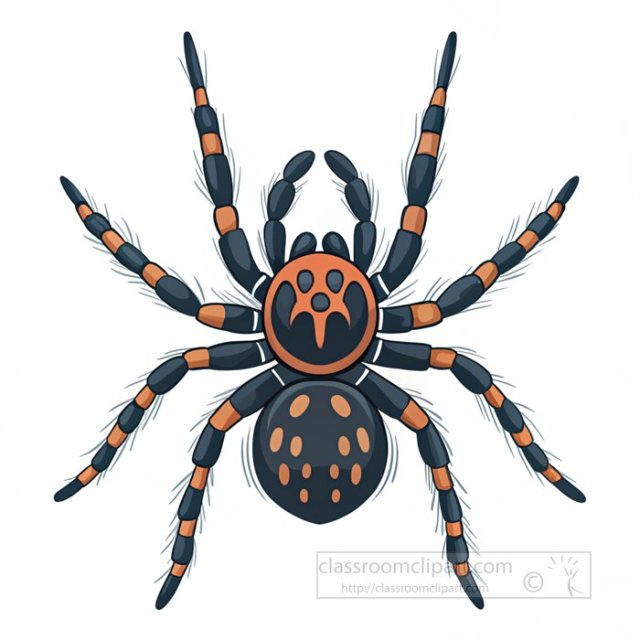
🧶 Introduction
Spiders are some of the most fascinating and misunderstood creatures in the animal kingdom. As members of the arachnid group, spiders are invertebrates, meaning they have no backbone. They have eight legs, two body parts, and are best known for their ability to spin silk into webs. These webs can be used for trapping prey, protecting eggs, building homes, or even gliding through the air.
Though spiders often seem scary, most are completely harmless to humans. In fact, they’re incredibly helpful. Spiders eat insects that bother us or damage plants, and they play an important role in natural ecosystems. With over 50,000 known species worldwide, spiders come in many shapes, sizes, and colors—each one adapted to its own way of life.
🕸️ What Makes a Spider a Spider?
Spiders belong to the class Arachnida, which means they share traits with scorpions, ticks, and mites. However, spiders are the only arachnids that can produce silk from special glands called spinnerets, located at the back of their abdomen.
Spiders have two main body parts: the cephalothorax (which combines the head and chest) and the abdomen. Unlike insects, they do not have antennae or wings. Most spiders have simple eyes, usually eight, that help them detect movement. Their fangs, called chelicerae, are used to inject venom into their prey, which is then digested outside the body before being slurped up like a smoothie.
🍽️ What Do Spiders Eat?
Spiders are carnivores, and their diet consists mostly of insects and other small arthropods. Some larger species, like tarantulas, can catch small frogs, lizards, or even birds. Spiders use different strategies to catch prey. Web-spinners wait patiently for an insect to get trapped in their silk, while hunting spiders like jumping spiders or wolf spiders actively stalk and pounce on their food.
Once the prey is caught, a spider uses its fangs to inject venom and digestive enzymes. The prey’s insides turn into a liquid, which the spider then drinks. This may sound a little gross, but it’s a very efficient way for spiders to eat.
🧵 How Do Spiders Use Silk?
Spider silk is one of the most amazing materials in nature. It is stronger than steel by weight, stretchy, and very light. Spiders can produce different kinds of silk for different purposes:
Sticky silk for trapping prey
Soft silk for wrapping eggs
Tough silk for building draglines (safety ropes) or shelters
Not all spiders spin webs. Some, like trapdoor spiders, use silk to create doors for their underground burrows. Others use silk to make balloons that carry them through the air—this is called ballooning and is how some baby spiders travel to new locations.
🌍 Where Do Spiders Live?
Spiders can live in nearly every environment on Earth. You’ll find them in forests, deserts, caves, grasslands, mountains, and even inside your house. Most spiders are solitary and build their homes in quiet, dark places where they won’t be disturbed.
Spiders are adaptable and can survive in both hot and cold climates. Some live high in trees, others burrow underground. A few even live on or near water, like the fishing spider, which can walk on the surface and dive below to catch prey.
🧠 Are Spiders Dangerous?
Most spiders are not dangerous to humans. In fact, many are shy and would rather run away than bite. Only a few spiders—like the black widow or brown recluse—have venom strong enough to cause health problems in people, and even those bites are rare and treatable.
Many people are afraid of spiders, a fear called arachnophobia, but learning about them can help reduce that fear. Once you understand how helpful and unique spiders are, they become more fascinating than frightening.
🌟 Fun Facts About Spiders
A strand of spider silk is five times stronger than a strand of steel of the same size.
Some spiders can see colors and even use color to attract prey or mates.
Jumping spiders can leap over 20 times their body length.
The Goliath birdeater tarantula is the world’s largest spider by mass.
Baby spiders are called spiderlings and often travel by ballooning through the air.
🕷️ Popular Spiders to Explore
These well-known species are perfect starting points for deeper study:
Orb-Weaver Spider – Known for spinning large, beautiful round webs in gardens and forests.
Tarantula – Large, hairy spiders that live in burrows and are gentle despite their size.
Jumping Spider – Tiny hunters with big eyes and the ability to jump long distances.
Wolf Spider – Fast-moving ground spiders that chase prey instead of using webs.
Black Widow – Shiny black spiders with a red hourglass shape; one of the few dangerous species.
Brown Recluse – Known for its violin-shaped marking and venomous bite; rare and reclusive.
👧 Kid-Friendly Summary
Spiders are eight-legged arachnids that use silk to build webs, catch food, or protect themselves. They come in many shapes and sizes, and most are not dangerous to people. Spiders help control insect populations and are found almost everywhere in the world. Learning about spiders shows how amazing these tiny hunters really are.
📚 Vocabulary Words
Arachnid – An invertebrate with eight legs and no wings or antennae
Cephalothorax – The part of the body that includes the head and chest
Spinneret – A body part that produces silk in spiders
Silk – A strong, stretchy thread made by spiders
Carnivore – An animal that eats other animals
Ballooning – A way spiders travel through the air using silk
Venom – Poison used by some animals to catch or defend against prey
Spiderling – A baby spider
❓ Interactive Quiz (8 Questions)
1. How many legs does a spider have?
A. 6
B. 8
C. 10
D. 4
2. What do spiders use spinnerets for?
A. Breathing
B. Making silk
C. Hearing
D. Eating
3. What body parts does a spider have?
A. Head and tail
B. Wings and shell
C. Cephalothorax and abdomen
D. Thorax and fins
4. What do most spiders eat?
A. Plants
B. Insects
C. Berries
D. Leaves
5. What is the purpose of a spider’s web?
A. For sleeping
B. For decoration
C. To trap prey
D. To scare people
6. What is a baby spider called?
A. Pup
B. Spiderling
C. Cub
D. Hatchling
7. Which spider is known for its red hourglass marking?
A. Tarantula
B. Orb-weaver
C. Black widow
D. Jumping spider
8. What is ballooning?
A. A spider’s dance
B. A way spiders jump
C. A way spiders travel through the air on silk
D. When spiders drink water
